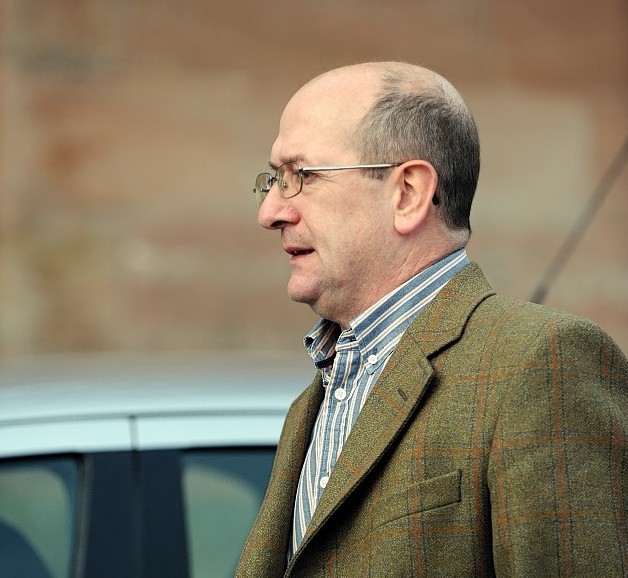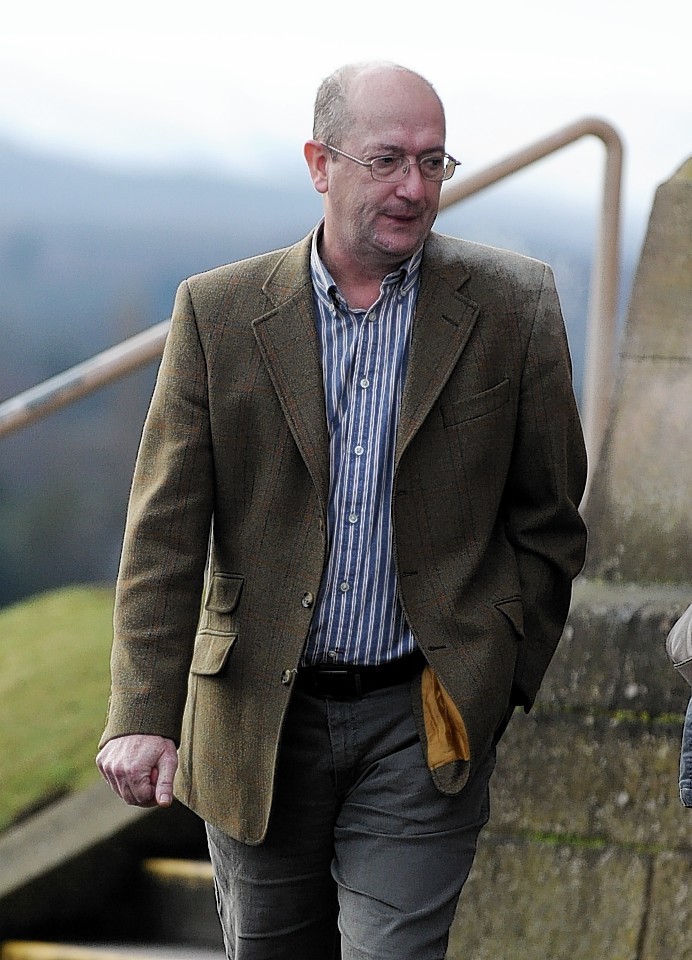An ex-Army major traumatised by the horrors of the Nairobi Embassy terror attack and the Iraq War descended into a “cyber-hell” of child pornography.
Colin Grant was caught with almost 2,000 obscene pictures and videos – some of them at the most extreme and graphic level.
The married 54-year-old was spared a jail sentence yesterday after a sheriff was told he had been left suffering from post-traumatic stress disorder (PTSD) because of what he had witnessed during his military career.
His lawyer told Inverness Sheriff Court yesterday that Grant felt “abandoned” by the armed forces after witnessing scenes of carnage at the Nairobi Embassy terror attack and during the first Gulf War.
Advocate Shahid Latif claimed that when he was discharged from the Army after serving in the Adjutant General’s Corps, his PTSD went untreated and he “fell into the pornography trap as a coping mechanism”.
He pleaded with Sheriff Margaret Neilson to show “clemency and leniency in this most unique case”.
Grant, of Wellside Gardens, Balloch by Inverness, admitted downloading 1,996 images and videos.
Mr Latif added: “He served his country with distinction for 17 years and in his time of need, his country abandoned him, failing to treat his PTS.
“It is a lasting legacy of his time serving in the armed forces.”
The court heard that Grant was an acting major when the attack on the US Embassy in Nairobi was launched in 1998.
Mr Latif said: “It was the British Army’s first experience of terrorism of this kind. He had to assist in the aftermath. Then when in Iraq, he was the one reuniting body parts for the Iraqi families via the Red Cross.
“The relevance for that is there is a clear nexus between PTS and the pornography trap. It is a coping mechanism. His actions are down to his inability to cope with the stresses while with the armed forces.
“He is ashamed and disgusted with himself and he accepts he must bear the consequences. He does not seek to minimise his actions, but there is a road to rehabilitation for him to participate in certain programmes, and is it necessary to impose a period of imprisonment?
“The public interest could be best served by an alternative because this is a unique case. I ask for justice, clemency and leniency.”
Sheriff Neilson said it was an unusual case and because Grant had not been jailed before, other sentencing options were open to her.
She ordered him to do 300 hours of unpaid work and take part in sex offender and mental health programmes, remain under supervision and on the sex offenders register for three years.
Earlier, the court heard that Grant had returned from a holiday in the Caribbean to find his computers had been seized by police.
Fiscal Roderick Urquhart said Grant went to the Burnett Road police station in Inverness and assured officers there would be no illegal or offensive material found.
Mr Urquhart told the court: “However, he returned three days later in an agitated state and said he wanted to make a statement.”
He said Grant declined legal advice and said he had previously acquired software for films but it became apparent to him that as well as the files he was looking for, pornography was also available.
Investigations found the child pornography.
Grant admitted downloading the images and videos between January and September 2012.
Mr Urquhart added: “He had viewed and deleted images of adolescent boys and girls.
“His use had greatly increased when he purchased a new computer.
“He said he was not a paedophile and had no intention of approaching children.”

